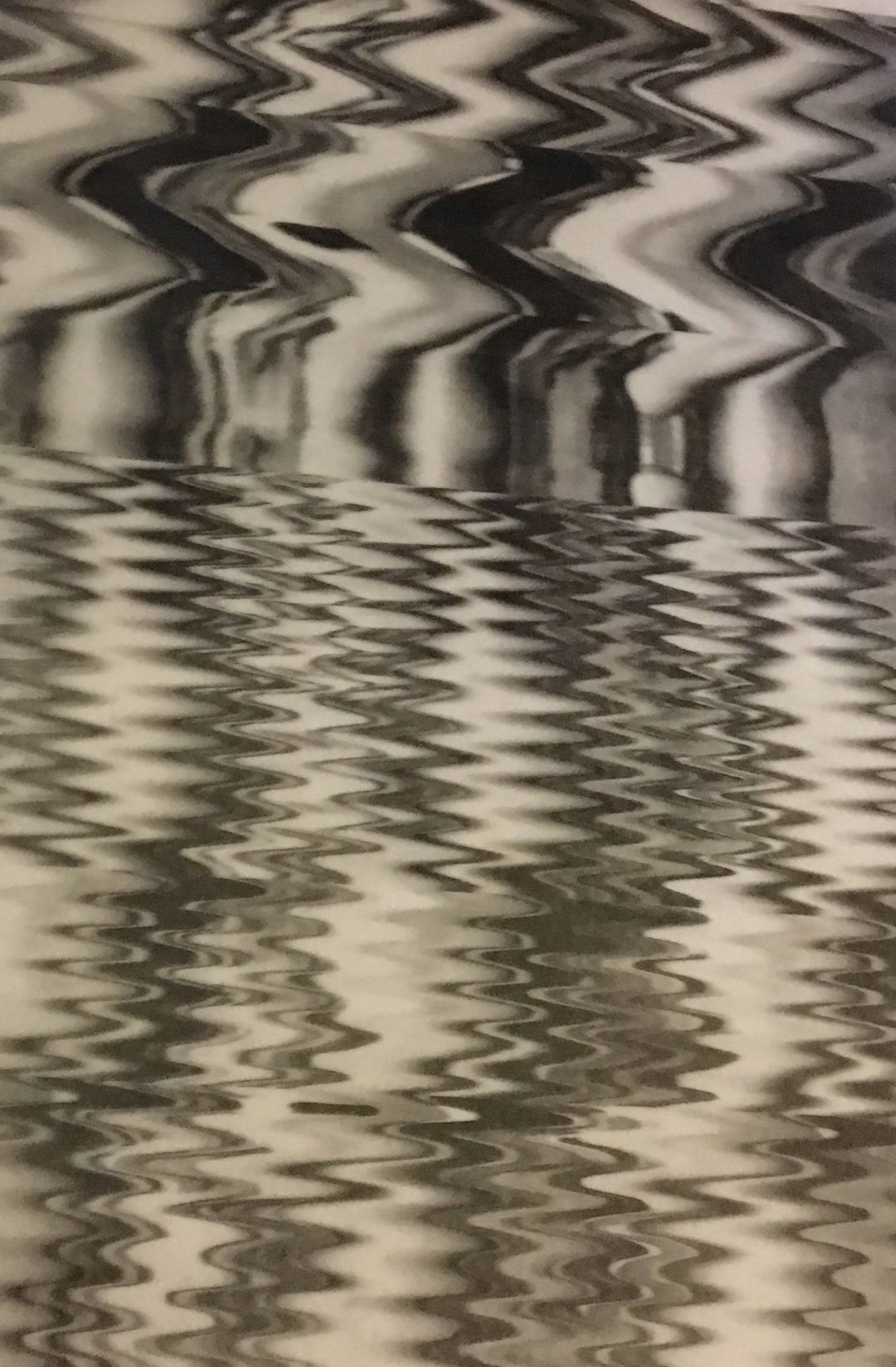
Sticking with the idea of using quick, low fi or haptic ways of recording objects such as sketches or processing images through phone editing apps like snapchat I began exploring other ways of building a quick archive of images.
My favourite and definitely the most interesting process through this project was moving an image around on the flatbed of a photocopier to create alternate iterations of the same piece, then collaging or drawing over it before printing yet another version of the same original piece over the top. The results were varied and sometimes difficult to control Making it a really interesting process to work with.
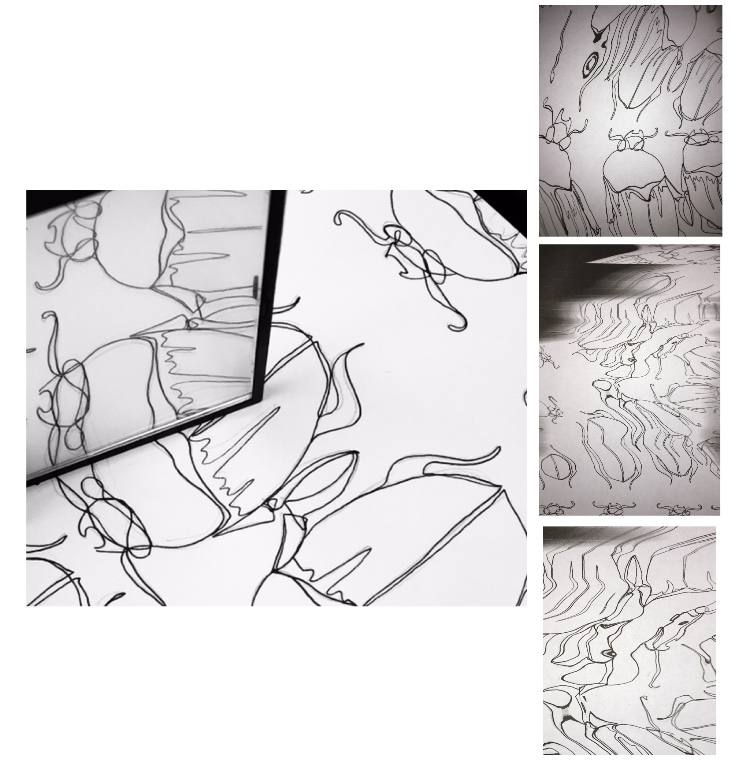
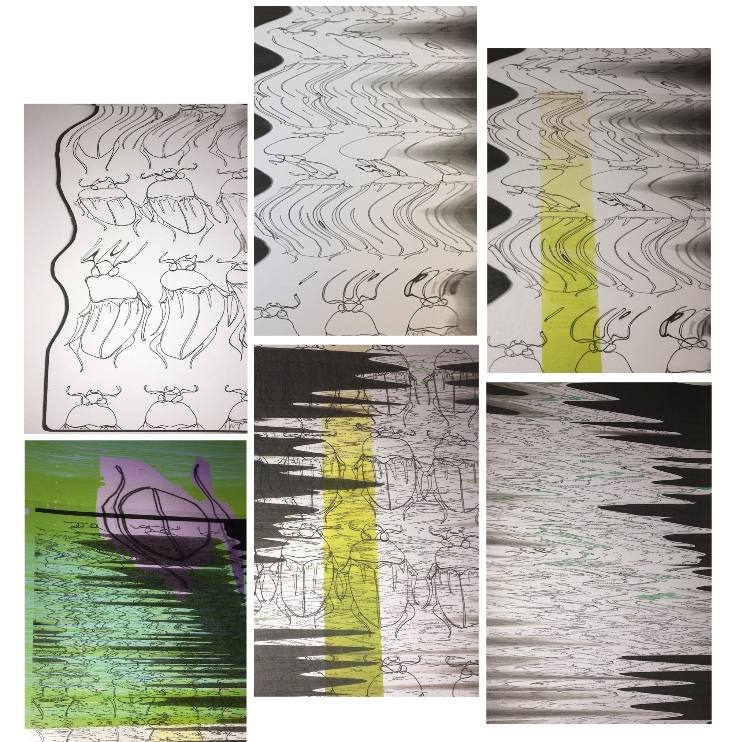
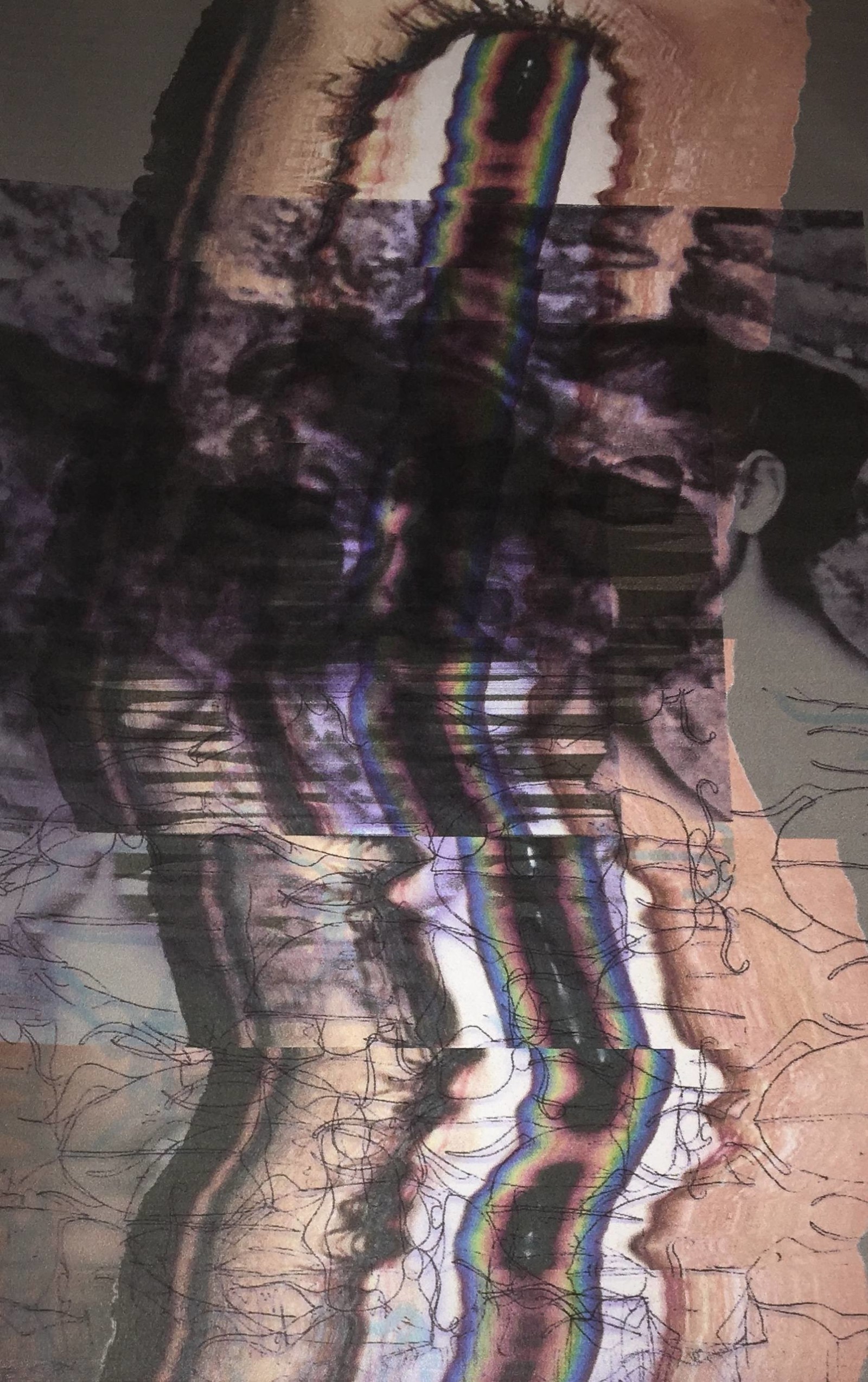
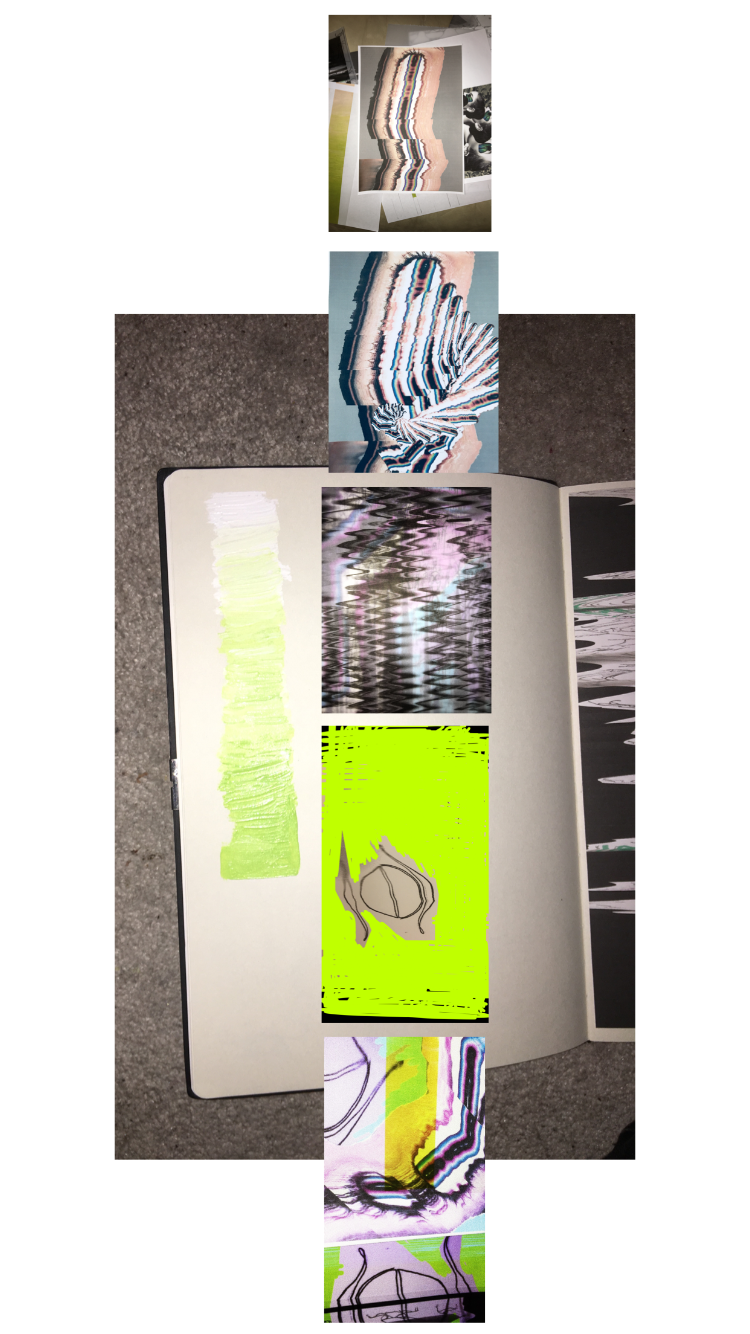
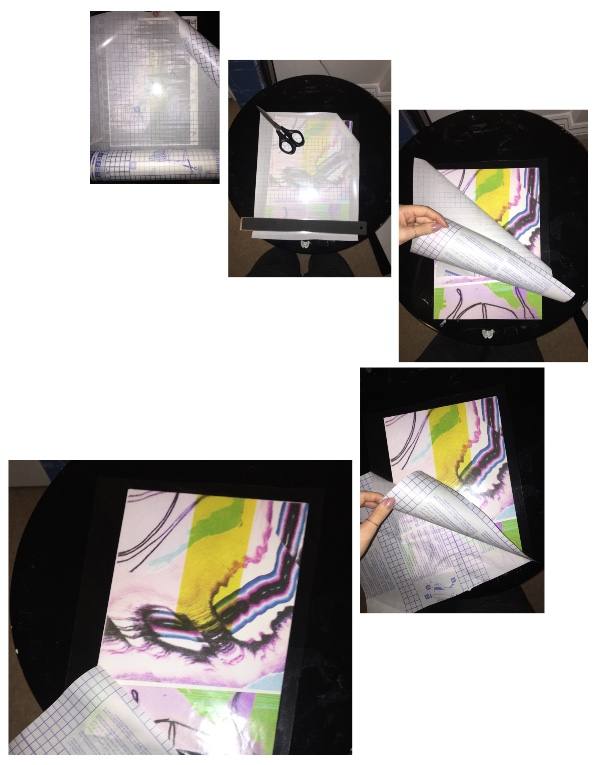
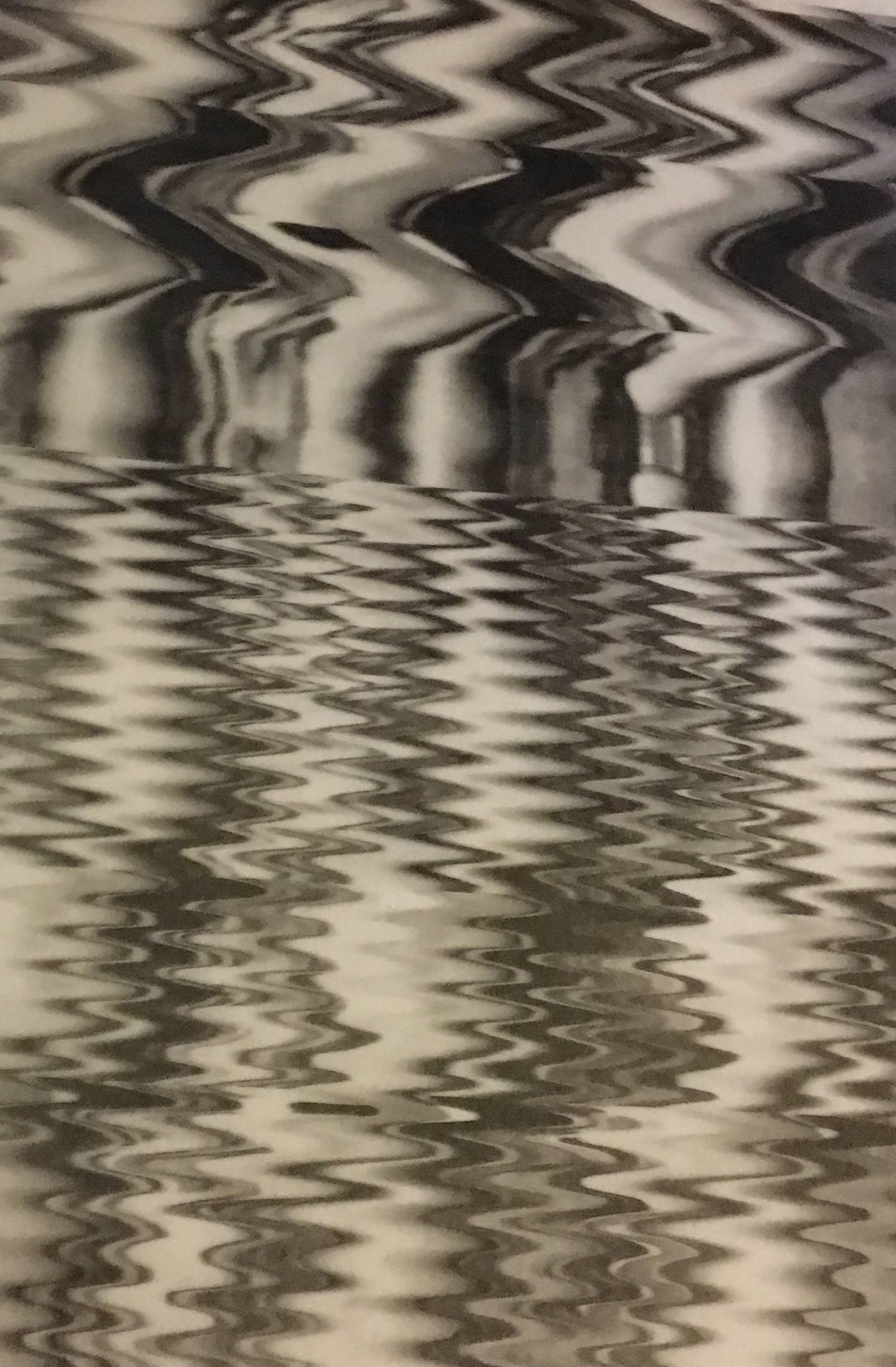
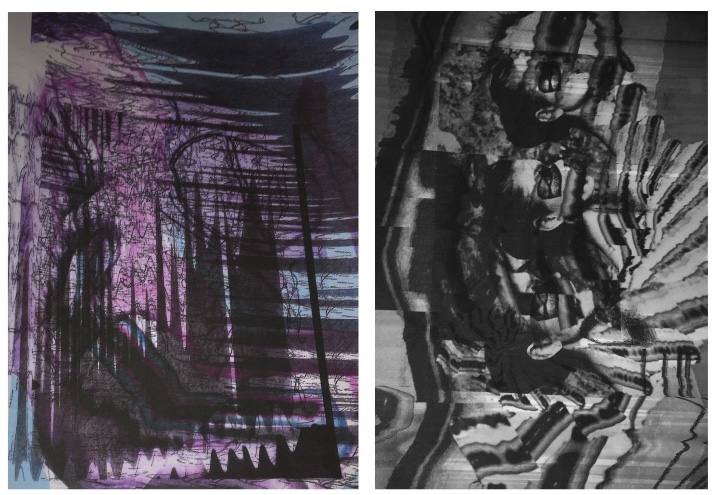
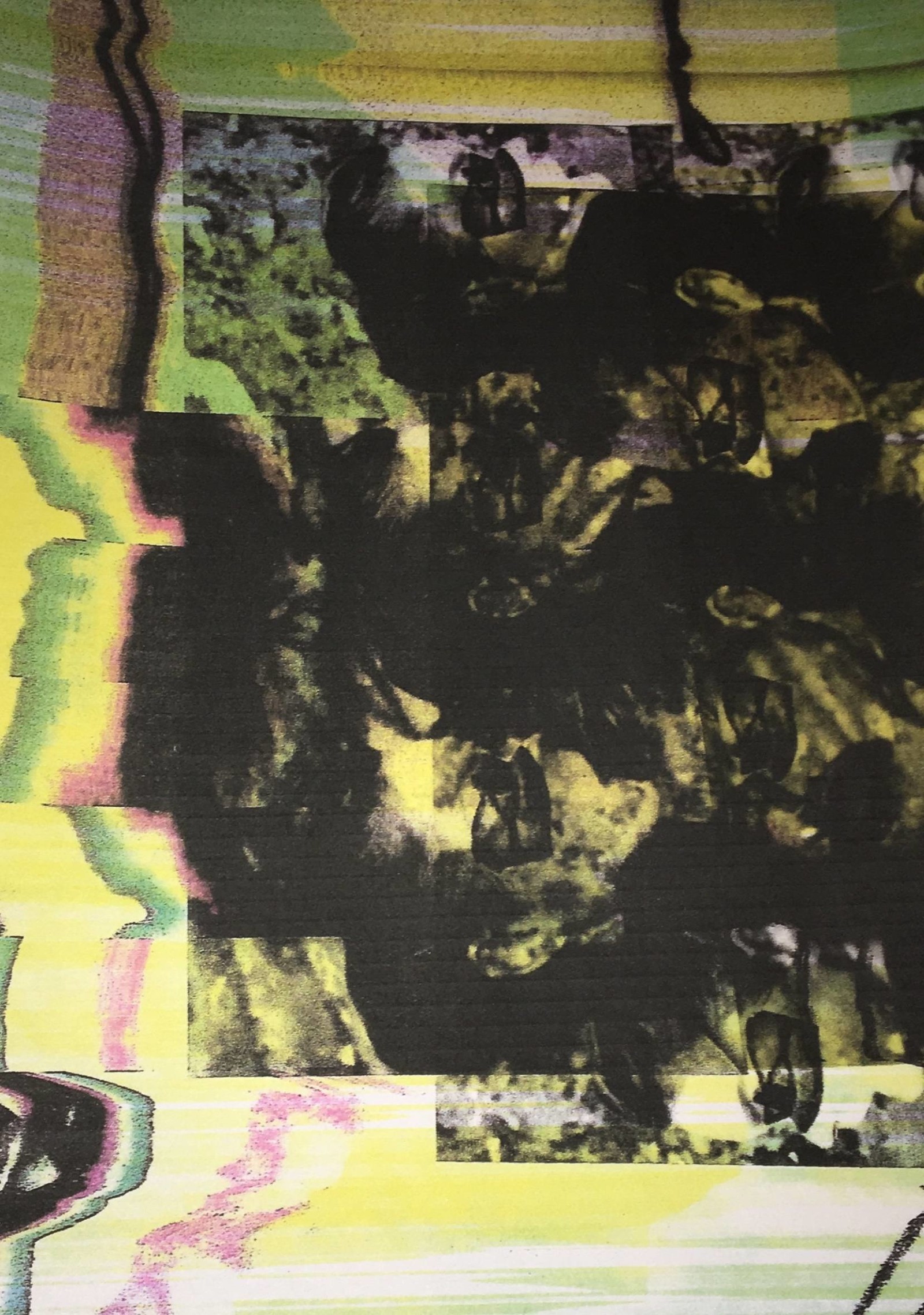
I used different types of papers and materials such as acetate to make the final prints that I used in the construction of my book. I organised the pages in a way that translates the theme of gradual distortion and destruction by putting pages with cleaner, more recognisable images and motifs at the front and the really distorted, unrecognisable pages at the back.
To increase the durability of the book and to make looking through it a more pleasant tactile experience I covered each page in clear plastic book covering and bound it using metal clips.